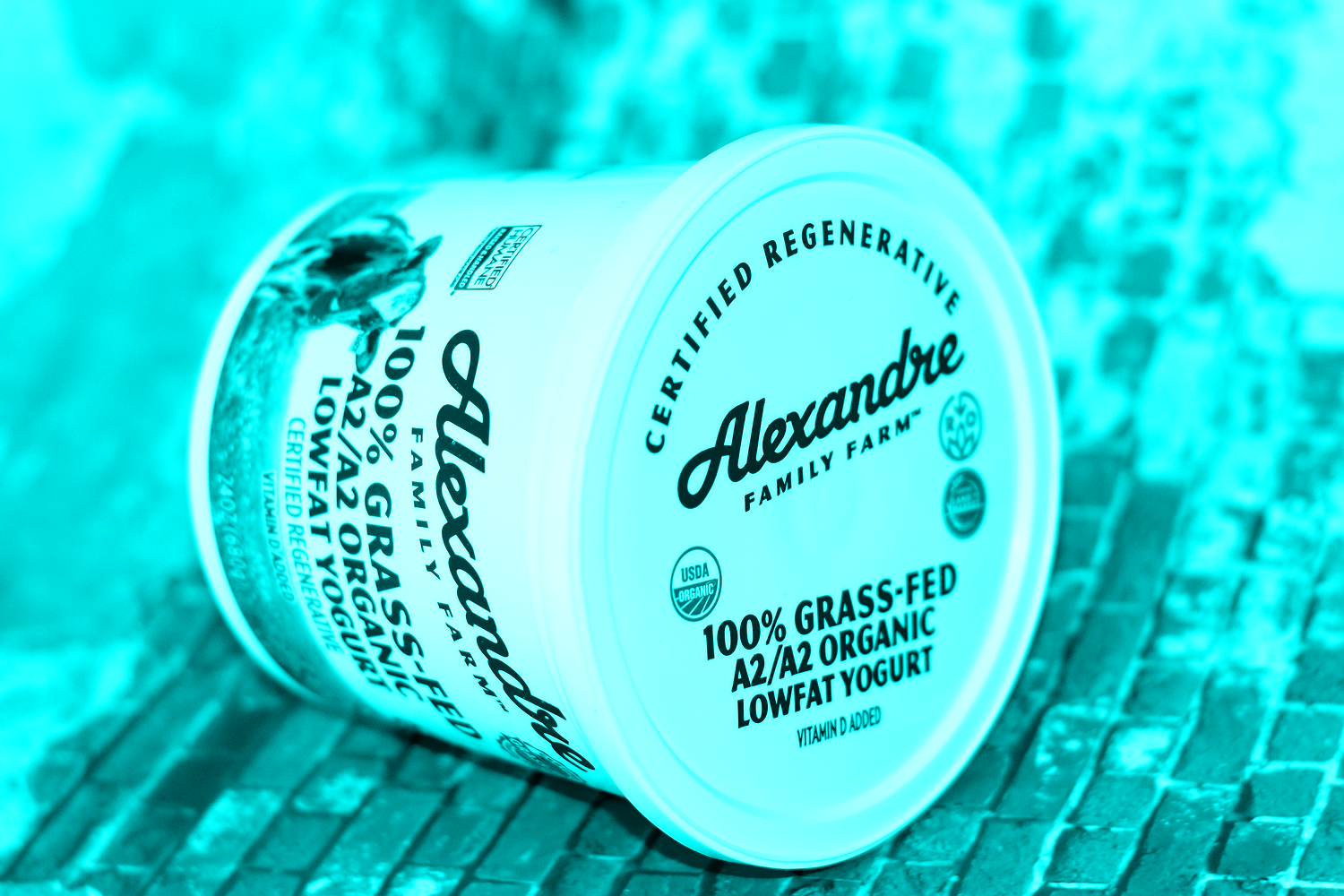‘Regenerative’ food labels are everywhere. Which can you trust?
How to understand the newest buzzword at the grocery store

Sign up and save the world
The one5c newsletter delivers our best tips right to your inbox
This story has been updated. It originally published on Jan. 25, 2024.Stroll through a grocery store and you’ll likely spy the word “regenerative” on everything from cocoa powder to hot dogs. You can ……

